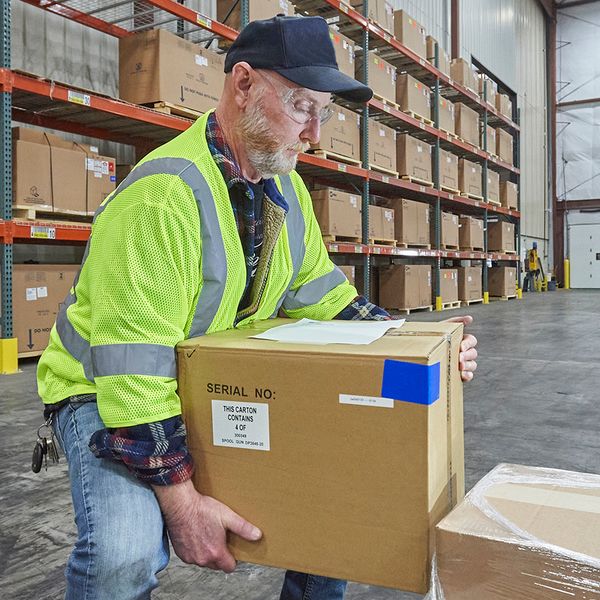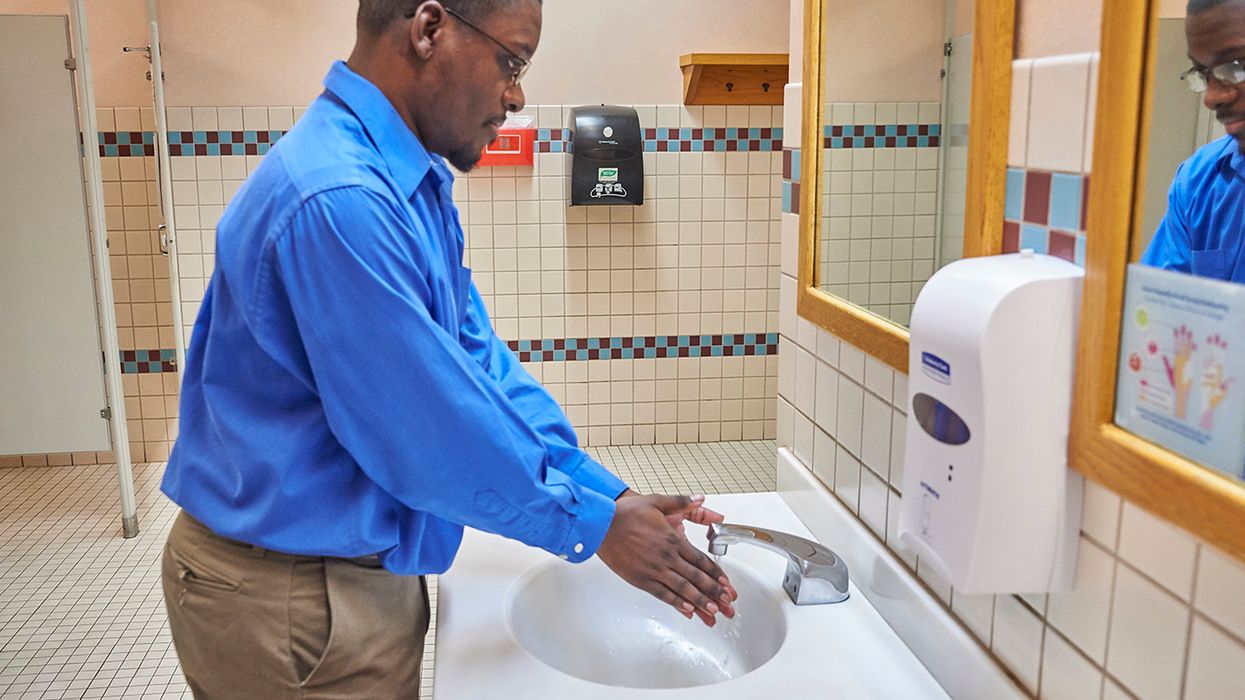Lifting the load off operators: Prioritize forklift ergonomics
Did you know that forklift operations can pose serious ergonomic hazards to workers? While mechanical assistance is often used to mitigate ergonomic hazards, it's important to recognize that addressing one issue can sometimes create new hazards. Assessing the ergonomic hazards and providing controls pertaining to forklift usage will ensure safe and healthy forklift operations for your workers.
What are ergonomic concerns for forklift operators?
Ergonomics, the science of fitting the workplace to the worker, tells us that ergonomic hazards can arise whenever workers interact with their environment. For forklift operators, these ergonomic hazards can include:
- Awkward postures: Operators may need to twist, bend, or reach while handling loads or operating controls. These awkward postures can strain muscles and joints, leading to discomfort and potential injuries.
- Repetitive movements: Repetitive actions, such as lifting and lowering loads, can cause strain on muscles and tendons. Over time, this can contribute to conditions like tendonitis or carpal tunnel syndrome.
- Seat design and adjustment: Poorly designed seats or incorrect adjustments can lead to discomfort during long shifts.
- Visibility challenges: Limited visibility from the operator’s seat can result in neck strain as they constantly turn to check blind spots.
- Whole-body vibration: Exposure to whole-body vibration can lead to discomfort, fatigue, and musculoskeletal disorders. Forklifts transmit vibrations to the operator’s body, especially when driving over rough surfaces.
- Vibration-induced Raynaud’s Syndrome: Prolonged exposure to vibration can cause circulatory problems in the hands, leading to numbness, tingling, and color changes.
What can employers do to minimize these concerns?
By ensuring that equipment and tasks are designed or purchased to reduce physical strain, companies can significantly improve operator safety, comfort, and productivity in forklift operations. Some examples of how this can be achieved include:
- Eliminating awkward postures by training operators on proper positioning to maintain a neutral spine, adjust seat height appropriately, and use lumbar support to optimize posture. Additionally, consider that the location of controls are within easy reach.
- Minimizing repetitive movements to prevent repetitive strain injuries by rotating job duties, encouraging rest with short breaks to give muscles and joints time to recover, and providing training on proper lifting techniques.
- Ensuring adjustability of seating for height, tilt, and lumbar support. Also, ensure seating is regularly inspected and maintained for optimal comfort and safety.
- Removing visibility challenges by using mirrors, cameras, and sensors to eliminate blind spots. Consider adding additional headlights and reflectors (as long as they don’t change the safety or stability of the forklift) and provide audible alerts when large loads compromise visibility.
- Mitigating the harmful effects of vibration by focusing on reducing exposure through equipment selection (low-vibration forklifts), assessing workspace conditions (smooth surfaces), and optimizing operator practices (cushioned seats, breaks). Additionally, protect hands from vibration-induced conditions like Raynaud's syndrome by keeping them warm and dry, using insulated gloves, and minimizing overall vibration exposure.
What does OSHA say?
OSHA does not have specific standards related to ergonomics but has consistently utilized the General Duty Clause (GDC) to enforce ergonomic safety for workers.
Section 5(a)(1) of the Occupational Safety and Health Act requires employers to furnish employees with a workplace free from recognized hazards that are causing or are likely to cause death or serious physical harm. Ergonomics plays a significant role in fulfilling this obligation.
OSHA does further state on their ergonomics safety and health topics website that to determine if a violation exists, they will consider whether:
- An ergonomic hazard is present,
- The hazard is recognized as a risk,
- The hazard is likely to cause serious harm, and
- Feasible solutions exist to reduce the hazard.
Key to remember: By including forklift operator ergonomics in safety initiatives, companies can significantly enhance safety, comfort, and productivity. Implementing strategies such as reducing vibration, optimizing seat design, enhancing visibility, and providing regular training creates a healthier and more efficient workplace for forklift operators.



















































